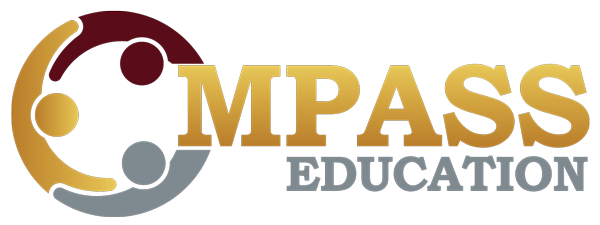Math as an Elitist Subject
Welcome to part two of my series debunking the idea that some people are simply “not math people.” This post begins the exploration of one possible root of that mindset: math’s long history as an elitist subject. As with much of my writing, the goal isn’t to claim causation, but to highlight connections worth reflecting on.
For much of history, mathematics was reserved for a select few. It wasn’t until the 1900s, when legislation required children to attend school. Before then math education (and education more broadly) was inaccessible to most—especially low-income and immigrant families. Even after the passing of legislation most low income and minority children would not finish High school (many wouldn’t even attend) as they were required to enter the workforce to support their family. Around the 1920’s as wages increased more children were able to complete high school. But due to the high costs of college and universities many still did not have access to high levels of math.
Even for the students who were fortunate enough to be able to finish high school in the early 1900’s they would have been taught at most what is standard in today’s Algebra 1 classes. As trigonometry was widely known as the most advanced course for high school students. Taking one step further calculus was often the highest level of math for an undergraduate student. Showing that only the highest of thinkers could take high level math courses.
It has been long accepted that farmers and business owners need to understand math, but that math was segregated away from high levels of math. In STEM based fields and true mathematics studies were seen as elite in every way. This is due to the concept of mathematics being separate and an abstract theory. It wasn’t until the late 19th century where math was seen to encompass applied scientific fields such as physics, statistics and engineering. Until this shift in thinking mathematics was only seen as a major in ivy league universities. Which circles us right back around to not be accessible for lower class or minority students.
That said, I don’t believe this elitist history alone explains today’s casual acceptance of “not being a math person.” Since the late 1800s, access has steadily expanded—through land-grant universities, the Second Morrill Act establishing HBCUs, and the integration of mathematics across disciplines. In other words, math has long since moved out of the ivory tower. Yet, the narrative of exclusivity lingers, shaping how students and even teachers talk about themselves in relation to math.
